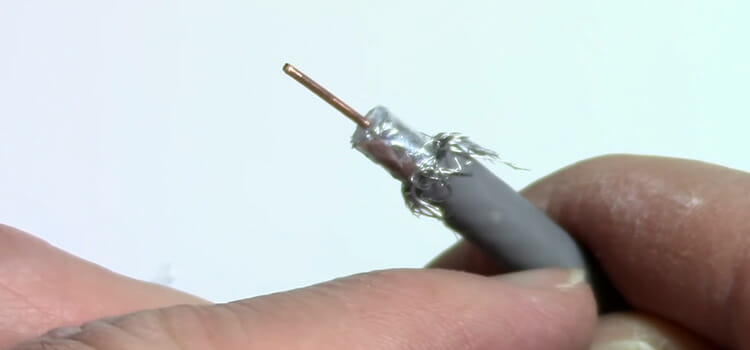

Using design drawings and CAD systems, the vendor or manufacturer would then build a complete layout of the fiber optic cable system at the factory. For this to occur, you must know where the cable will run so you can calculate the length. Pre-terminated fiber optic cable systems are factory-terminated via a connector. Cost to Splicing Fiber Optic Cable–Pre-Terminated System If possible, use a visual fault locator (VFL) before crimping to optimize the splice. When crimping, apply light pressure on the cable to keep ends together. Nevertheless, you will most often apply it to multimode splicing and a temporary restoration. Whereas mechanical splicing is best for single-mode fiber. These include V-shaped metal clamps and little glass tubes. There are various types of mechanical splices. It creates a somewhat less permanent joint than fusion splicing. Mechanical splicing relies on alignment fixtures to attach the ends of two fiber cables with some glue or gel between them. Cost to Splicing Fiber Optic Cable–Mechanical Splicing The most common application of single-mode fusion splicing is outside plant installations. Today’s automated fusion splicers ensure it is difficult to make a mistake, as long as you have cleaved the cables properly.Īlmost all single-mode splices use the fusion method. A fusion connection also has the least loss and lowest reflectance. It is the most popular fiber optic cable splicing technique.įusion splicing creates a connection so seamless that the joint is not always detectable by OTDR traces. You can do it as single fusion (one fiber at a time) or mass fusion (fusing a dozen fibers in a single action). Cost to Splicing Fiber Optic Cable–Fusion Splicingįusion splicing joins the two cables together via an electric arc. For instance, Fiber strippers, c leavers, and scribing blades should be clean and in a timely fashion. The fiber quality is dependent on not just proper splicing technique but also the equipment. Cost to Splicing Fiber Optic Cable–Fiber Splicing Methods All in all, it has widespread use, including repairing buried or accidentally severed fiber optic cables.



For example, four 12-fiber cables joining a 48-fiber cable. It may also be the best option when you are joining cables of different types. This makes it the preferred option when fiber cable runs are too long. This is in contrast to connectorization where the joint is temporary.įiber splicing typically leads to reduced back reflection and light loss when compared to connectorization. It creates a permanent joint between cables. It is an alternative to the more common method of joining fiber cables known as connectorization or termination. What is Fiber Optic Splicingįiber optic splicing is the process of joining two optical fiber cables together. Nevertheless, cost is not something you can compare at face value. Now more than ever, it is vital that you understand the real costs that determine the most financially prudent splicing technique for your business. For tablet access, HTML5 can be used to online content modules.As the number of fiber optic cable users and installations increases, the need for reliable and cost-effective fiber connections grows ever more critical. System Requirements: A high speed Internet connection, Internet browser with HTML5. 100% of the schedule is determined by the participant (viewing online materials and completing quizzes). It is recommended that participants spend approximately 2 - 3 hours per week over a 12-week period, on average, completing the various course activities in order to maximize the learning benefits. Participants may contact the instructor when they have questions. The course is delivered online via the SCTE virtual classroom, during which participants view web-based course materials and complete assessments (quizzes & final) at a time that is convenient for them. Requirements for Successful Course Completion
#SPLICE COAX CABLE HOW TO#
Learners will also understand the field practical skills like how to splice coaxial, connectorized coax, and proper testing techniques. Topics include hardline coaxial cable connectorization, system design, signals used in a cable system, powering, aerial and underground coaxial cable construction, activation and testing, and relevant field safety topics. The Coax Splicer Specialist course draws upon SCTE Recommended Practices for Coaxial Construction and Testing.


 0 kommentar(er)
0 kommentar(er)
